INTRODUCTION
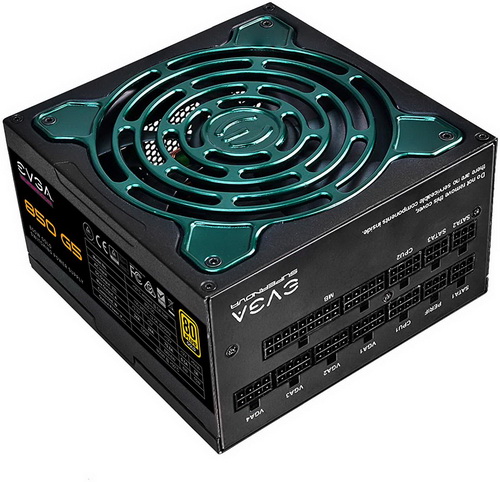
Time and again we've pointed out the many reasons as to the why consumers always need to have a good power supply unit installed in their systems, especially if those systems feature high-end CPU's and graphics cards. We've also pointed out in all our previous power supply unit reviews that models released by large brands/manufacturers are almost always reliable and even though build quality, rail stability, electrical efficiency, number of connectors, output wattage and even noise levels all do change from model to model things which can actually cause damage to your system (such as ripple) are no longer a serious concern (if at all). With that out of the way as many of you are aware, we recently started cooperating with EVGA and so today marks our very first PSU review of one of their models and more specifically the brand new SuperNOVA 850 G5.
EVGA is the #1 NVIDIA authorized partner in channel sales throughout North America. Based on the philosophy of intelligent innovation, market knowledge, and the real time operation, EVGA continues to identify the need in the market place and providing the solution to that need. By offering product differentiation, a 90 day Step-Up program, and other customer focused programs, EVGA is a clear leader in all categories: etail, retail, distribution, and system builders. With headquarters in Brea, CA, EVGA's global coverage includes EVGA GmbH in Munich, EVGA LATAM in Miami, and EVGA Hong Kong. For further information online about EVGA, visit https://www.evga.com.
The brand new SuperNOVA G5 line includes 650/750/850/1000W models all of which are fully modular and 80 PLUS Gold certified (91%+ electrical efficiency). The 850W output model which we have here with us today sports a continuous power output of 850W (maximum/peak power output of up to 990W) and comes packed with several interested features including active Clamp +DC to DC design, DC to DC converter, zero-RPM mode (EVGA ECO), 135mm fluid-dynamic bearing fan, 100% Japanese primary heavy-duty capacitors, single +12V rail (70.8A) which can make use of almost the entire total rated power output of this unit (849.2W) and an array of industrial-grade electrical protections such as OVP (Over Voltage Protection), UVP (Under Voltage Protection), OCP (Over Current Protection), OPP (Over Power Protection), SCP (Short Circuit Protection) and OTP (Over Temperature Protection). Of course, as we've come to expect from EVGA the entire SuperNOVA G5 line of power supply units is covered by a 10-year limited warranty.
SPECIFICATIONS AND FEATURES

PACKAGING AND CONTENTS
As EVGA also points out on their website the SuperNOVA G5 series is packed inside their 2019 power supply box which has a picture of the top fan grill, the company logo, model name, wattage and the 80 PLUS Certification level.
At the rear we find a brief product description, the features list in 5 languages, warranty information, two product pictures, several certification logos, output chart and the included accessories/cables.
The SuperNOVA G5 is wrapped inside a plastic bag and placed between two thick black foam spacers.
Along with the SuperNOVA G5 inside the box you will also find the power cable (US version came with our sample), modular cables, 24pin ATX bridge, 4 mounting screws and the user manual.
THE SUPERNOVA 850 G5 EXTERIOR
Instead of going with slim power cables EVGA chose to go with sleeved cables (for good or bad sleeving is somewhat thin so these cables are very easy to route).
The chassis of the SuperNOVA 850 G5 measures 150mm in length, 150mm in width and 86mm in height.
EVGA has placed a green grill over the 135mm fluid-dynamic bearing fan.
The electrical specifications table is placed on two stickers located on both sides of the enclosure.
A smaller sticker located on the belly of the enclosure lists the serial number and barcodes of the unit.
At the front of the unit we find the 12 modular ports which are not only different in configuration but are also tagged (and in extreme detail i might add).
Moving at the rear we find the usual honeycomb perforation right next to the power port, on/off power switch and the on/off ECO (Zero-RPM) switch.
THE SUPERNOVA 850 G5 INTERIOR
Not much details are available about the 135mm fluid-dynamic bearing fan by Protechnic Electric and that includes both its RPM and noise levels (after digging around we found out that this fan can easily surpass speeds of 1200RPM).
EVGA has chosen FSP as the OEM manufacturer for their SuperNOVA G5 series and as you can all easily see quality is at very good levels.
In our sample the primary capacitor is manufactured by Rubycon and is certified for use up to 105 degrees Celsius.
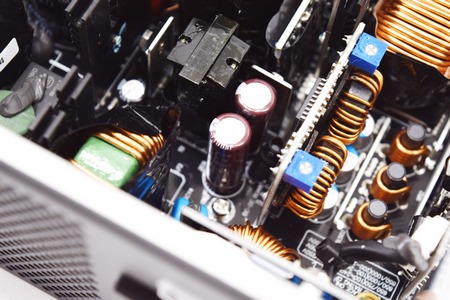
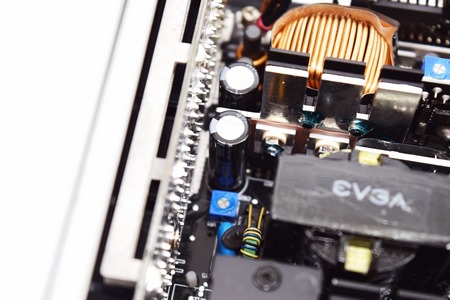
Secondary capacitors are manufactured by United Chemi-Con and Rubycon and are also certified for use up to 105 degrees Celsius.
TEST BED
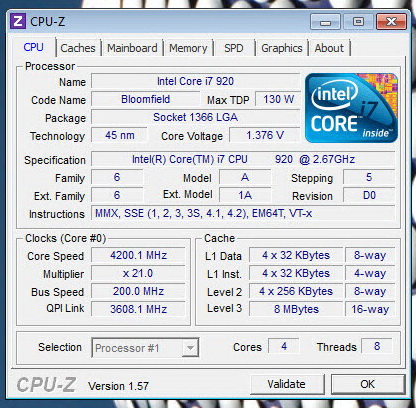

TESTING METHODOLOGY
Using a dedicated measurement instrument such as a Chroma or a SunMoon to test power supply units is without doubt the most ideal and accurate way (not to mention the fastest) to do that currently. However, it's certainly not the only way there is and so pretty much anyone can test a power supply unit just by using a computer. Certainly, limitations do apply and so you can't really test a 1000W power supply if your system only uses 500W at peak loads and that's why many years ago I put aside certain hardware components for the purpose of building a dedicated PSU test rig. True it may not be as accurate as the above mentioned solutions but it comes really close and is in fact closer to real world usage. So as always, we ran several games with maximum graphic options enabled at a resolution of 2560x1600 in order to stress every hardware component and increase the overall power demands of the system. The Passmark BurnIn Test was also used to overstress the components in an effort to provide the most accurate results possible. As a final test we also used the latest OCCT 4.4 software and its dedicated PSU testing suite since it can really bring a power supply to its knees after inside a few minutes.
Rail stability was checked/measured with the CPUID Hardware monitor and a Metex multimeter which also recorded the system load in idle and in load. As always try to remember that the power consumption numbers listed in the graph are the highest (Peak) ones recorded during the entire duration of the tests and not the average ones. Noise levels coming from the fan were recorded using the high precision HD600 ExTech Sound dBA Meter from the rear of the unit and at a range of no more than 5-10cm. Readings under load are recorded the exact moment we manually switch the fans of all graphics cards from full speed to almost zero, that way the fan of the power supply does not have enough time to slow its RPM and so by doing this we get very accurate noise level readings. Needless to say, in order to get 100% accurate readings, you need to have a noise isolated room for that exact purpose, something which is quite impossible unless you are working inside a real lab (some people use very small noise insulated boxes but due to their size both heat and noise exceed normal levels and so the results can't really be considered to be 100% accurate). Also do take into account that since all noise measurements take place from just 5-10cm away the final noise levels to reach your ears will be considerably less.
TEST RESULTS



CONCLUSION
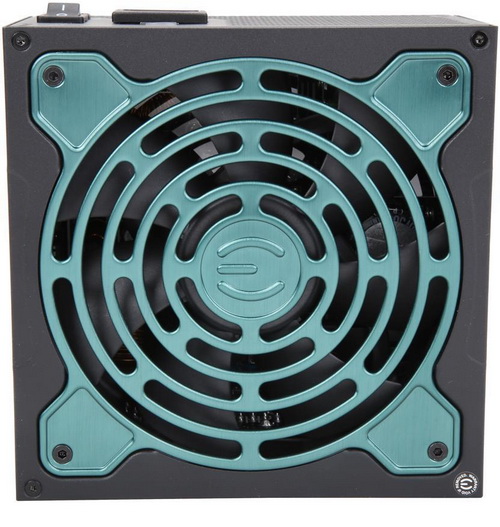
Although we've used quite a few products by EVGA over the years (graphics cards primarily) we haven’t reviewed many and since this is the very first time we were able to get our hands on one of their power supply units unfortunately we can't really compare its performance with past ones. We do know that EVGA had released some high-performance models in cooperation with Super Flower in the past but that's just about it. With that out of the way the SuperNOVA 850 G5 may not do very well in terms of noise levels at load (something which is probably never going to happen with most systems) but it does produce near excellent rail stability which also happens to be among the most important aspects (if not the most important) of any PSU (at least when it comes to performance). The 80 Plus Gold efficiency certification may not be the highest one possible but it should easily cover the majority of consumers out there as should its continuous power output of 850W (990W peak). The SuperNOVA G5 line also does very well in terms of design thanks to the top grill although it would be nice had EVGA added RGB lighting (not necessarily on the fan, an RGB light bar/strip would be sufficient) to attract younger audiences.
Even though at the time of this review the SuperNOVA 850 G5 by EVGA is still not available inside the EU it does retail for USD126.40 inside the USA (Amazon.com) a price tag which is neither set high nor low. Honestly leaving out noise levels (which again are at extreme load) we have nothing bad to say about the brand new SuperNOVA 850 G5, build quality is very good, rail stability is almost excellent, protections are more than enough to shield your system against any electrical related "surprises" and the 10 year limited warranty by EVGA is second to none so it goes without saying really that this is a product well worth of our Golden Award.

PROS
- Very Good Build Quality
- Near Excellent Rail Stability
- Fully Modular Design (Future Proof)
- 80 Plus Gold Certified
- Electrical Protections (OVP/UVP/OCP/OPP/SCP/OTP)
- Peak Output (990W)
- 10 Year Limited Warranty
- EVGA ECO (Zero RPM Feature)
CONS
- Current Availability (EU)
- Noise Levels (Slightly Higher Than Expected)

 O-Sense
O-Sense





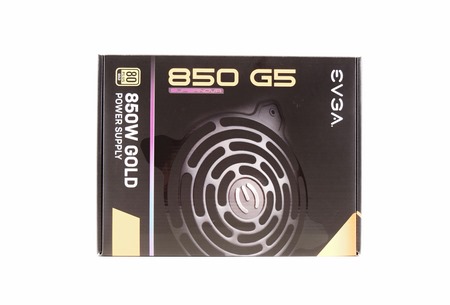
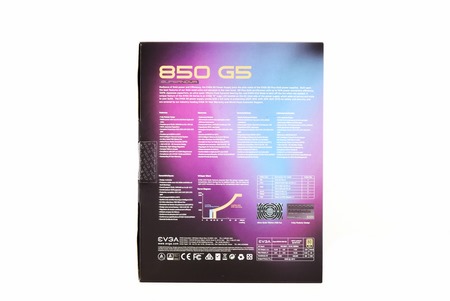
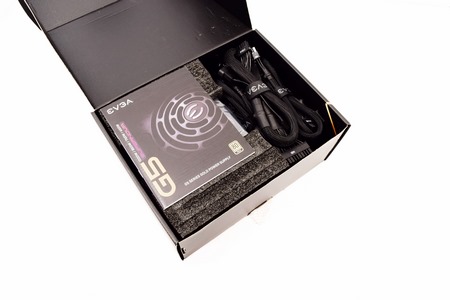
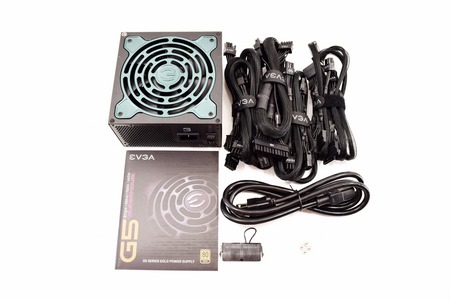
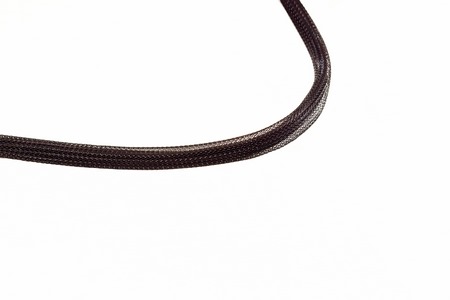
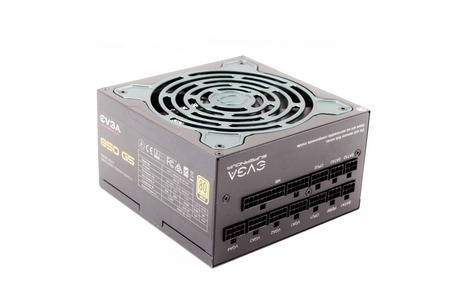
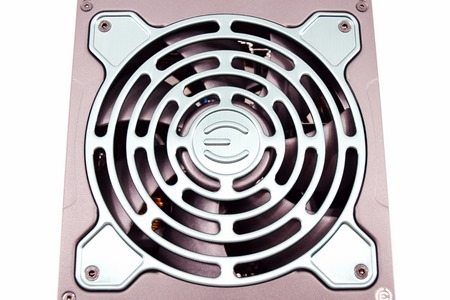
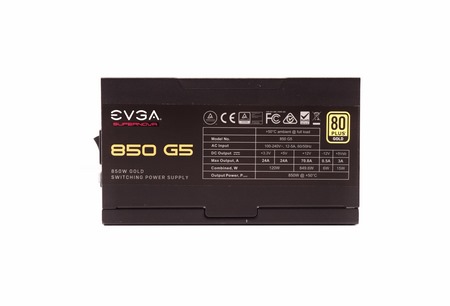
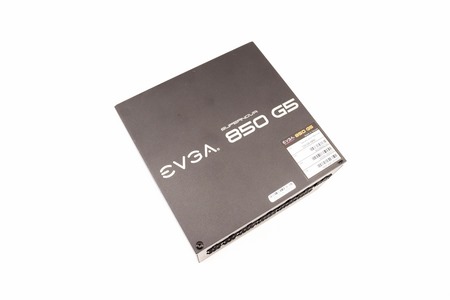
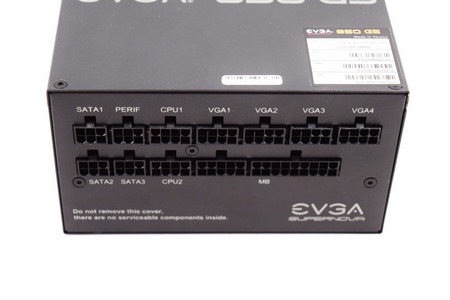
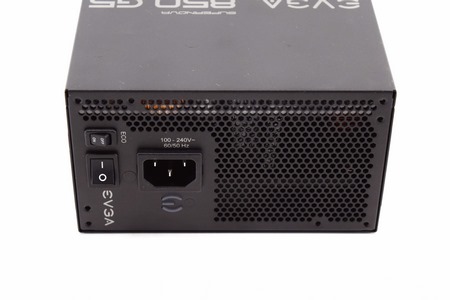
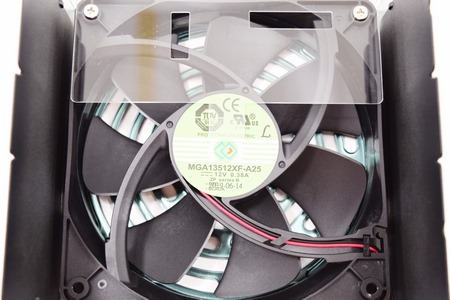
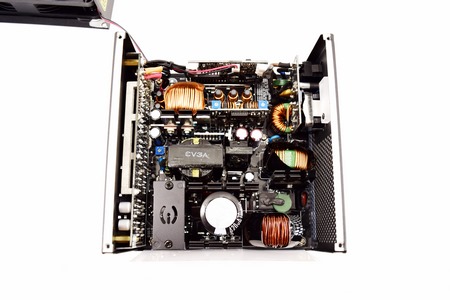
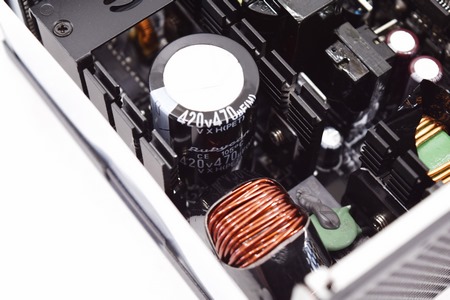


.png)

